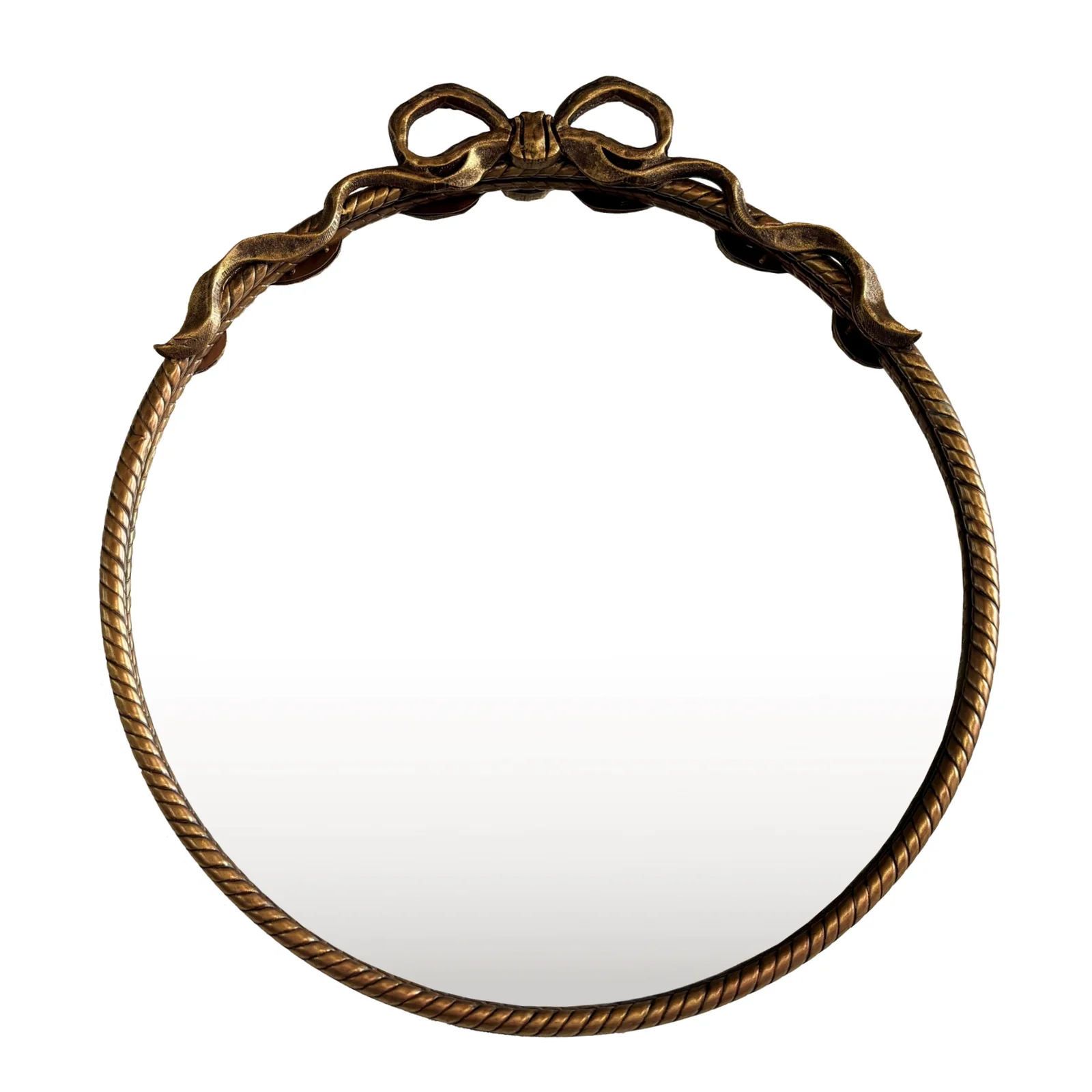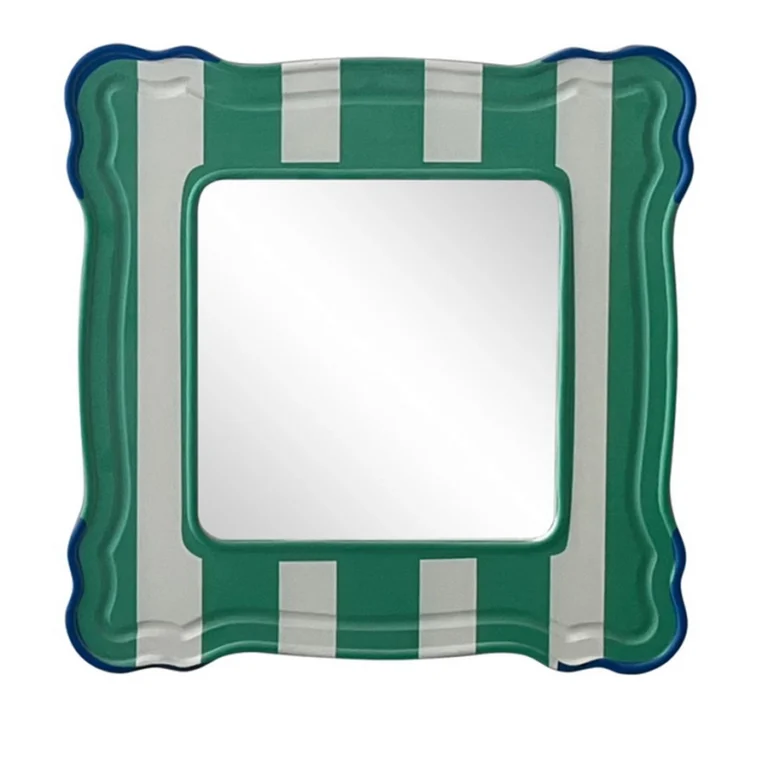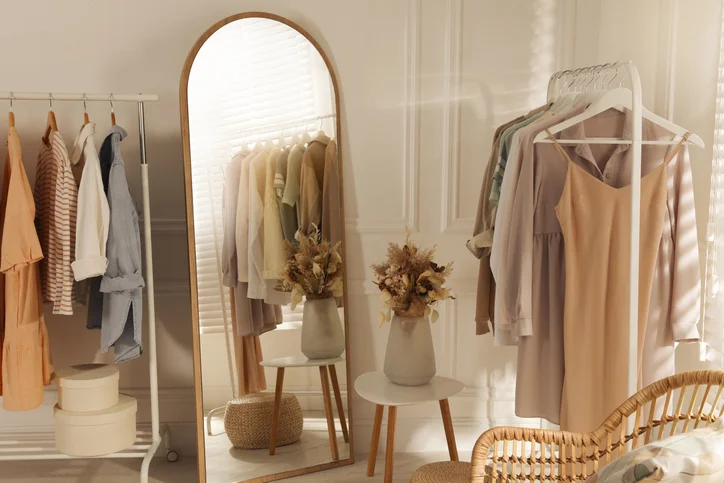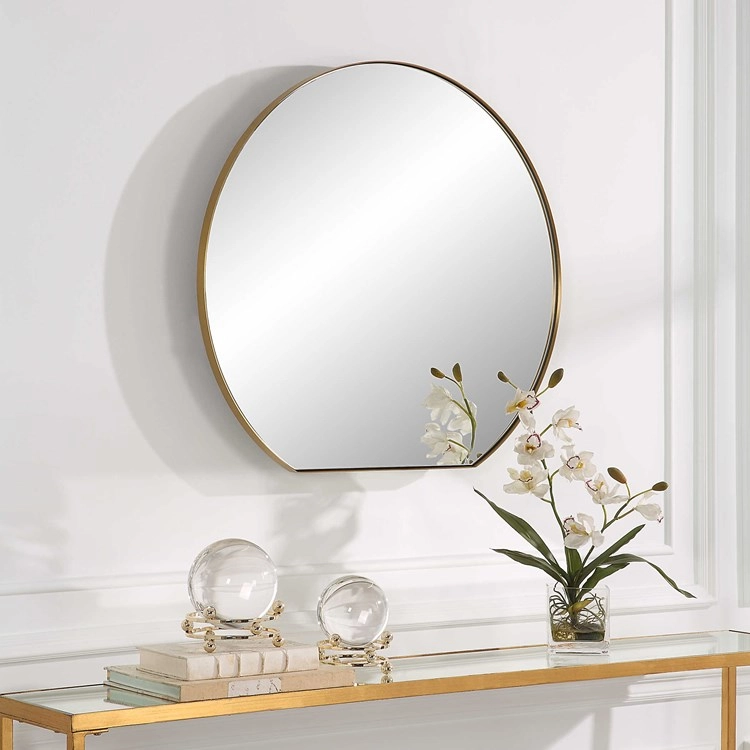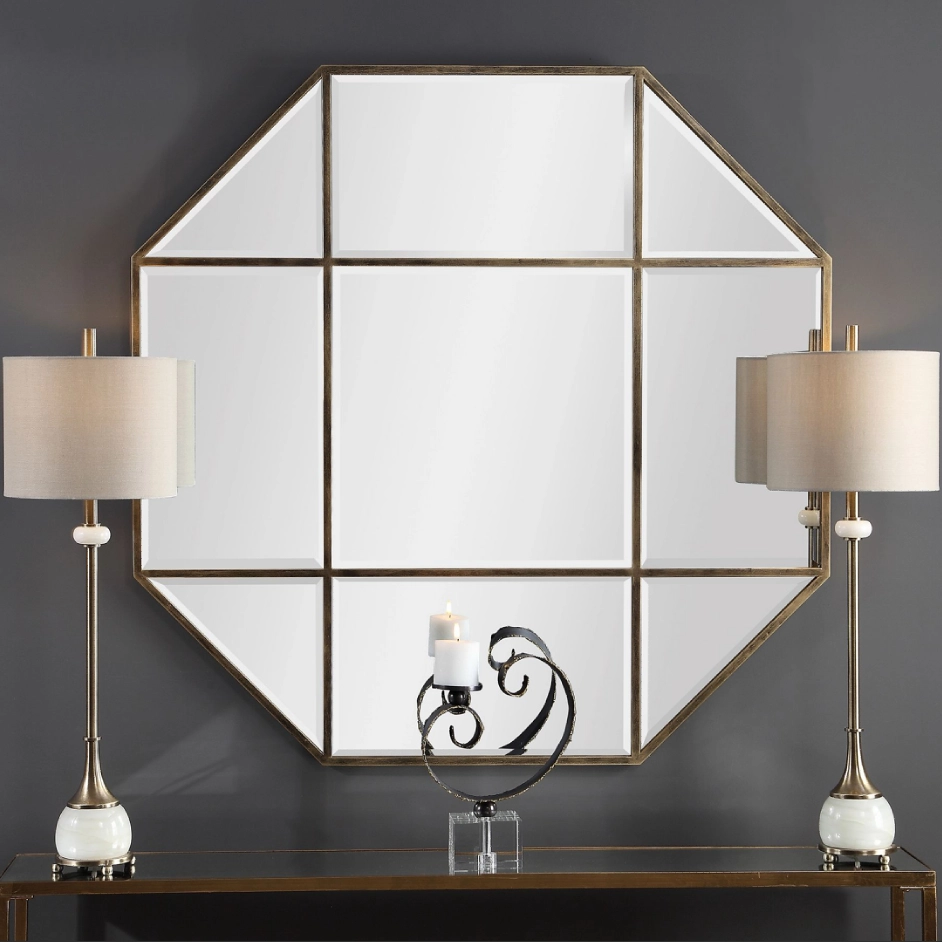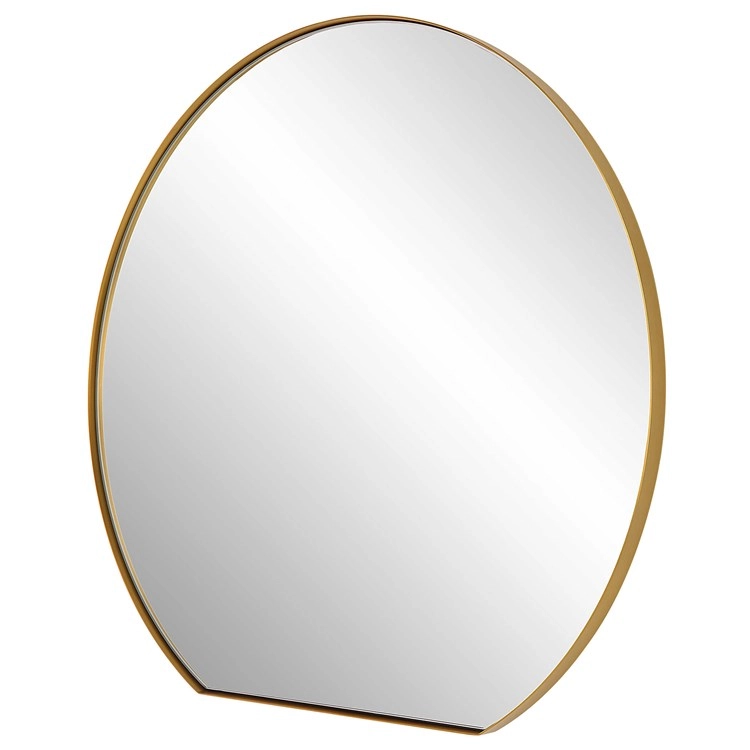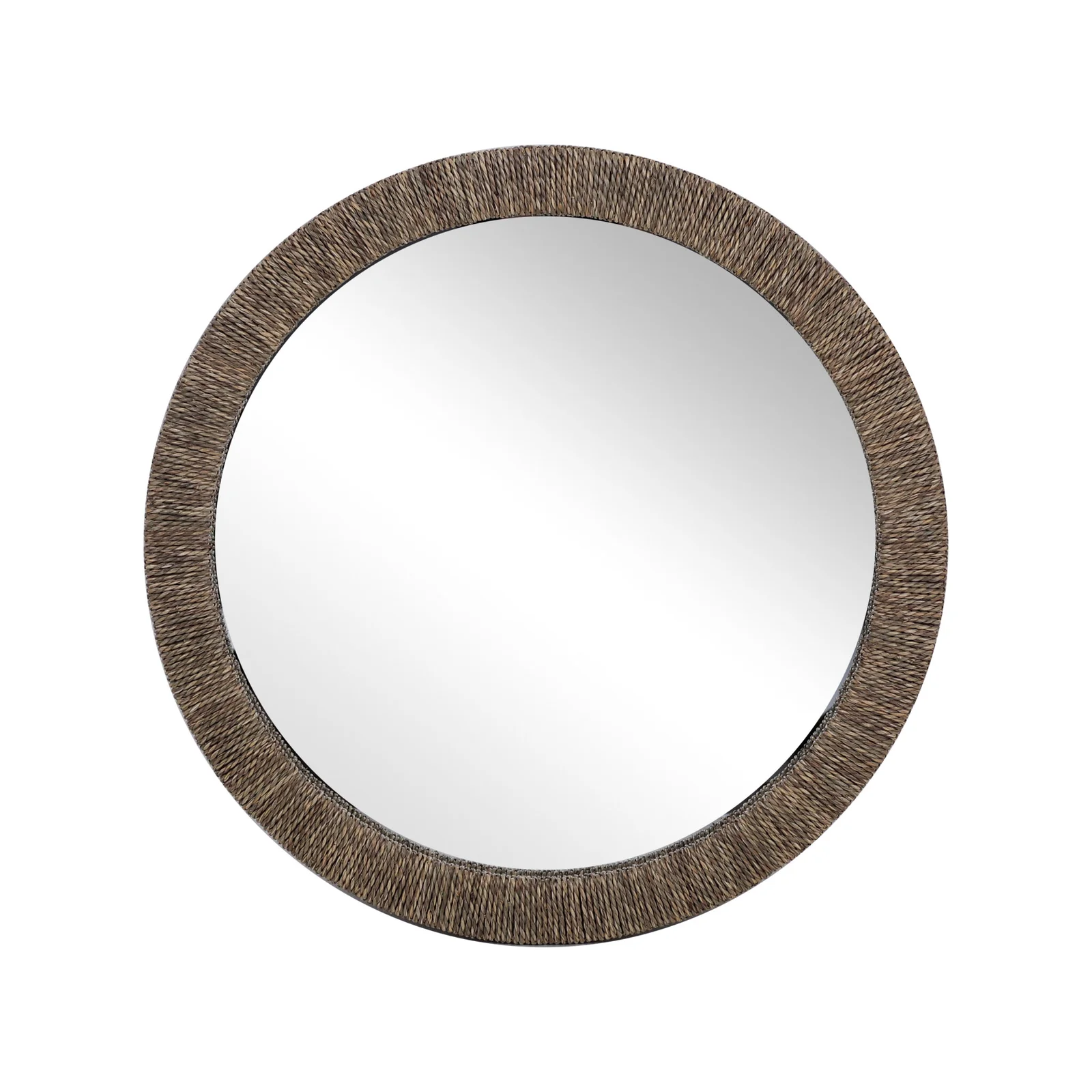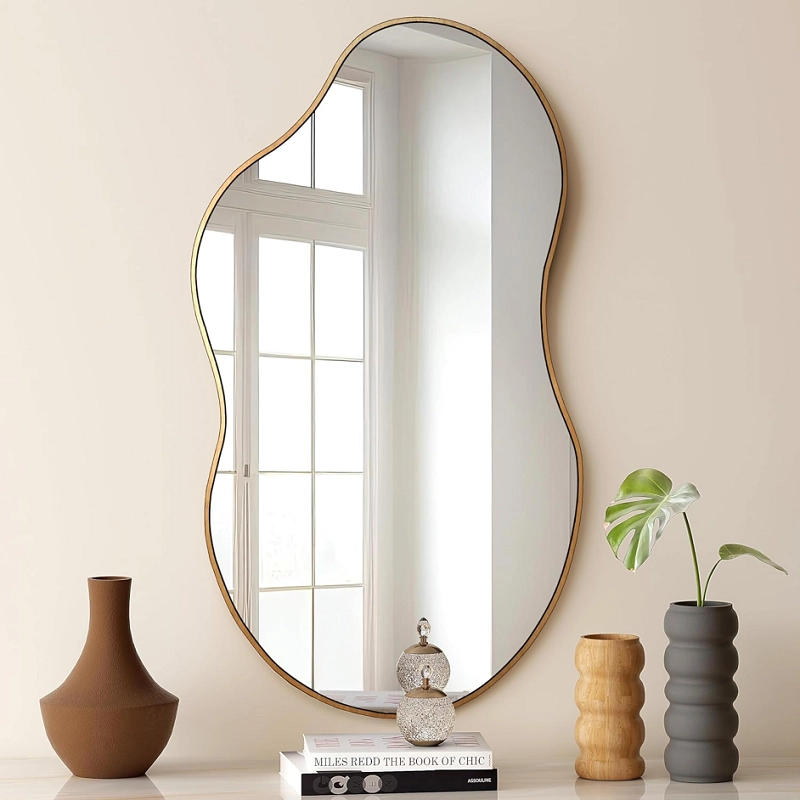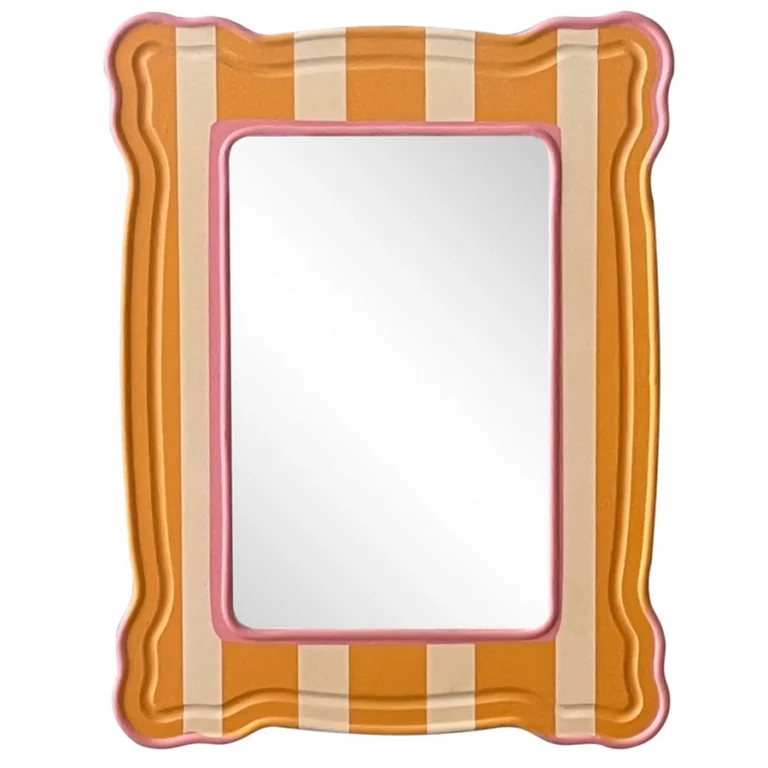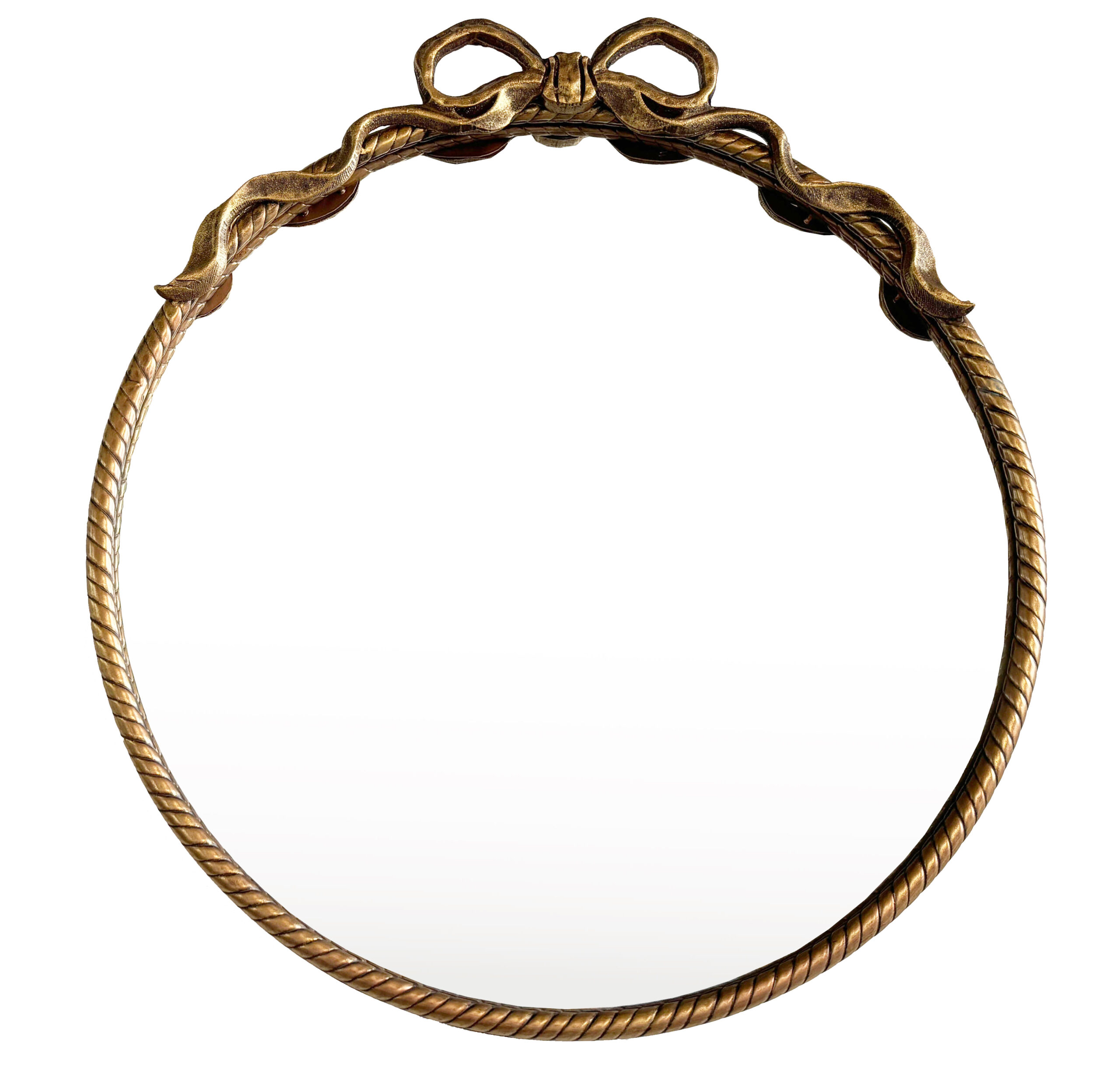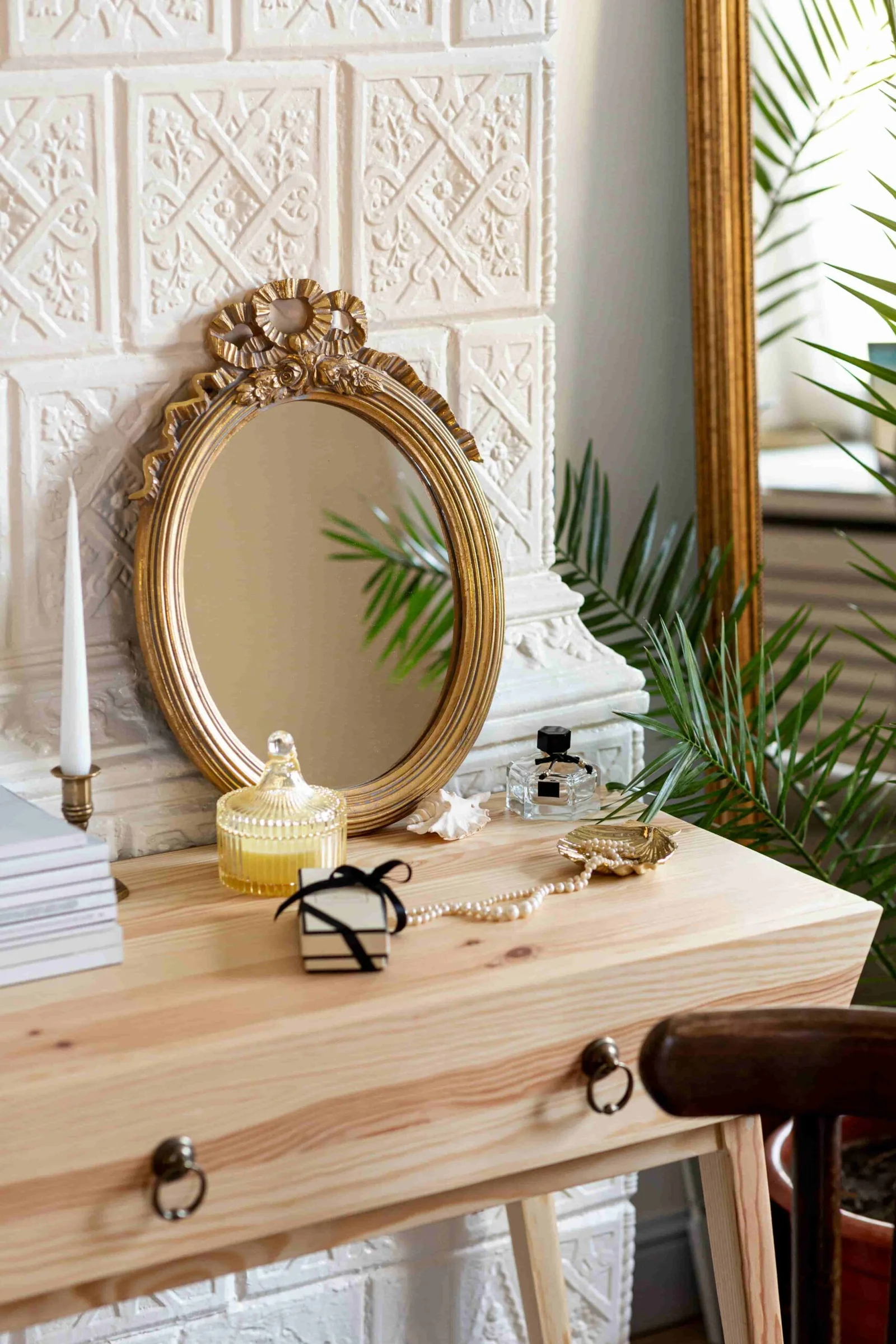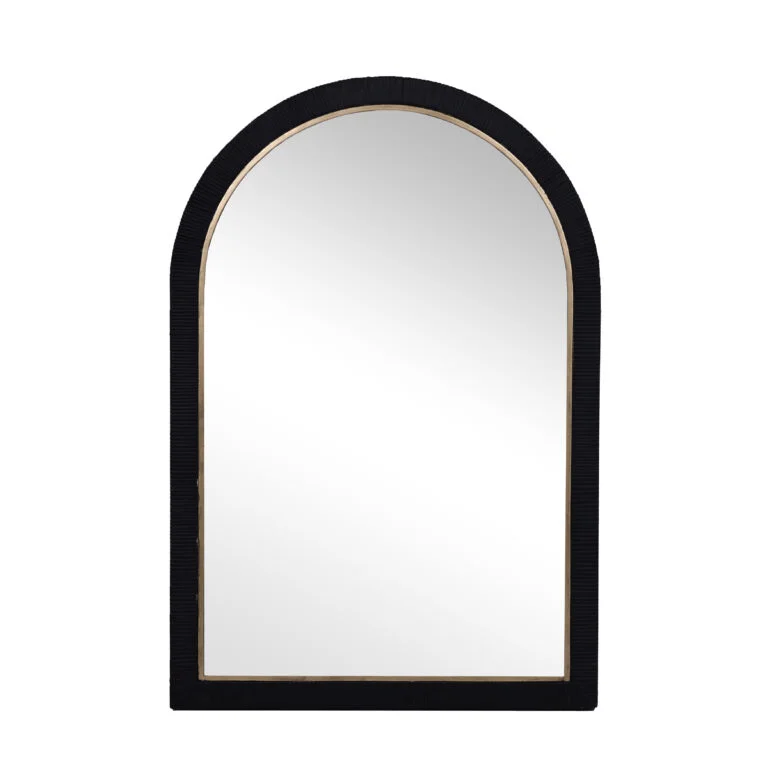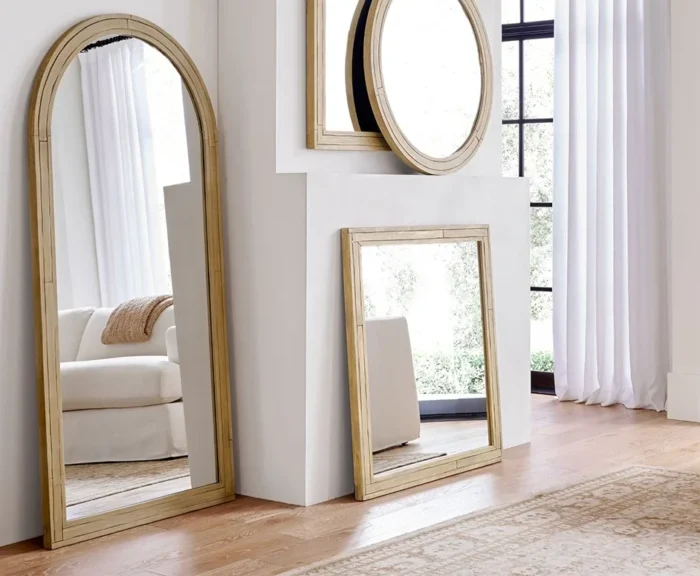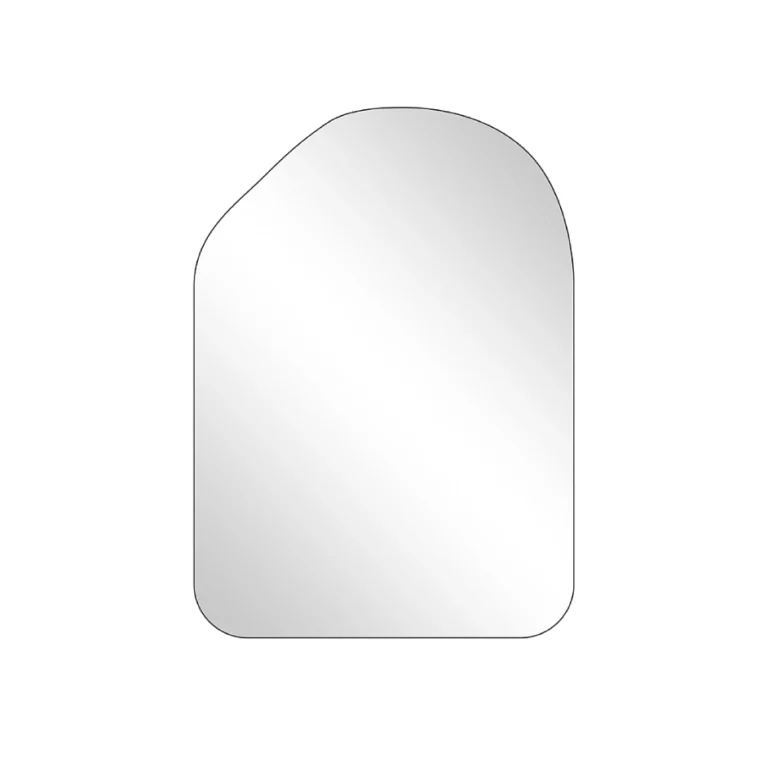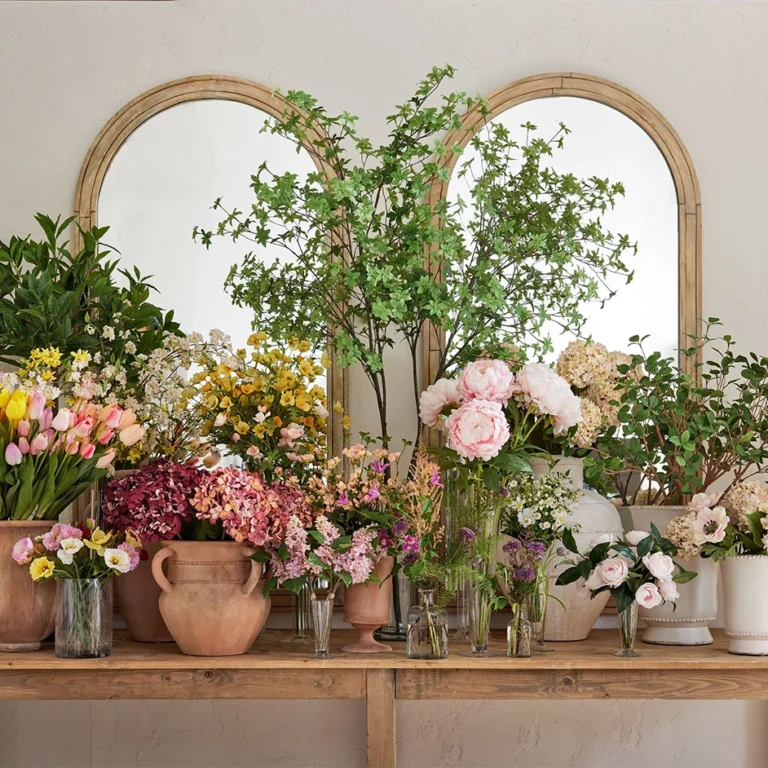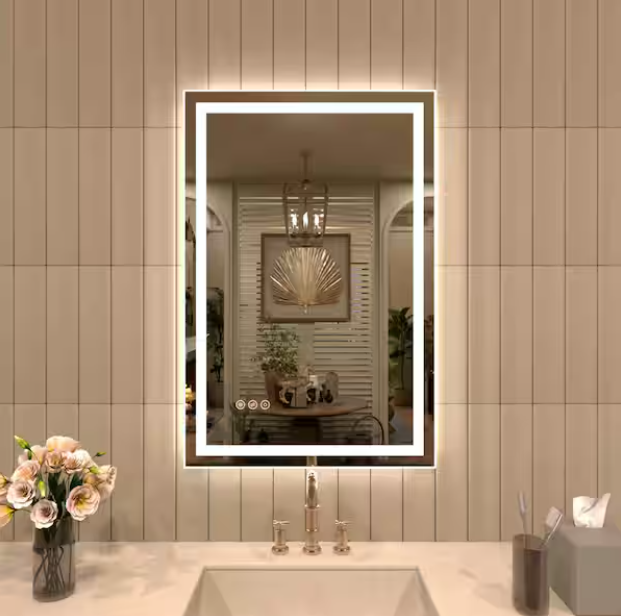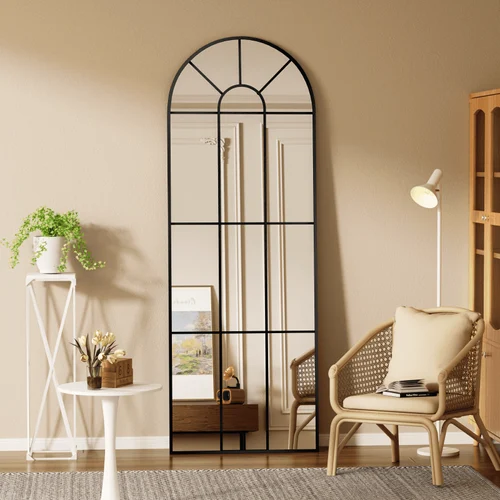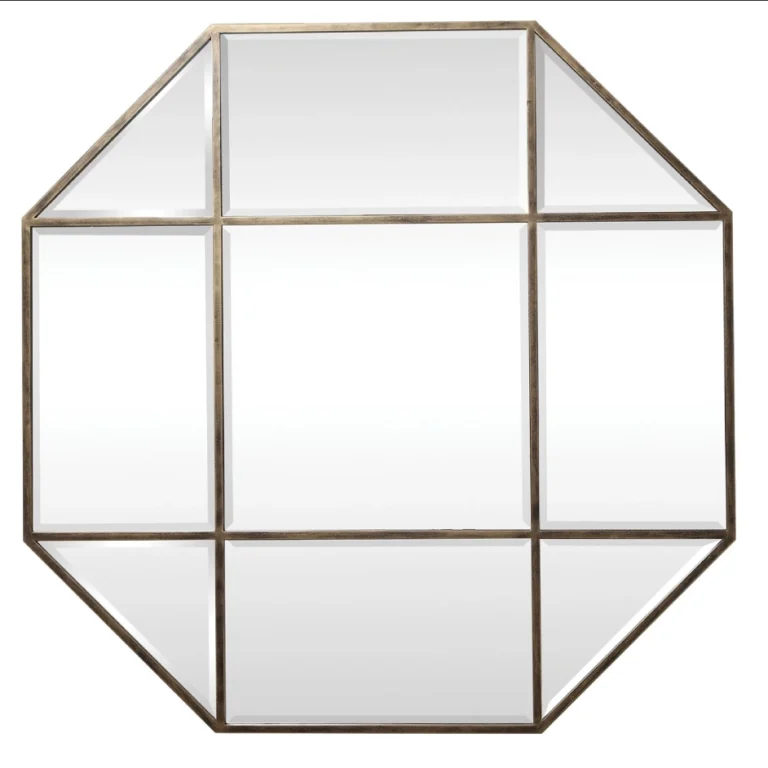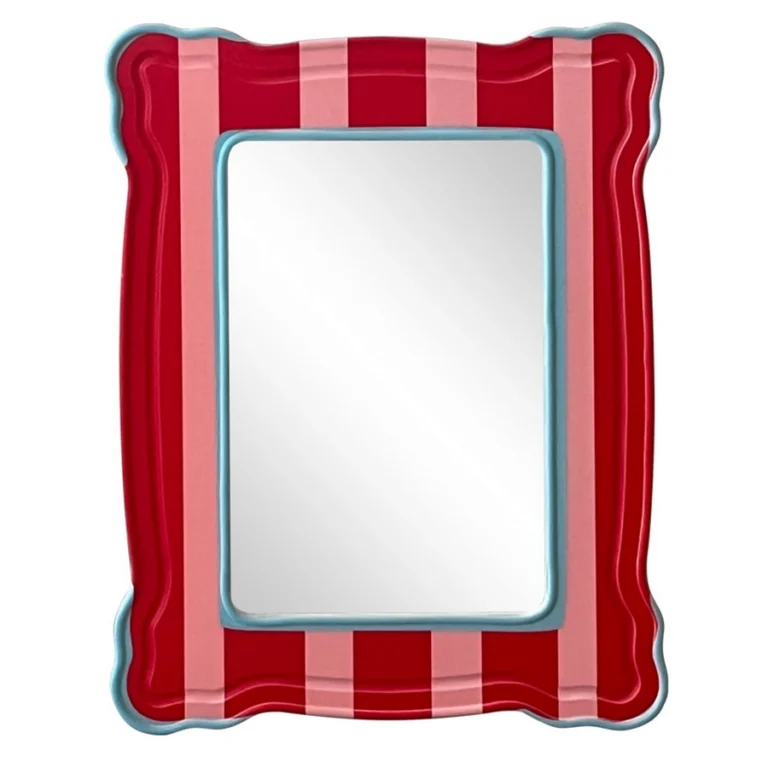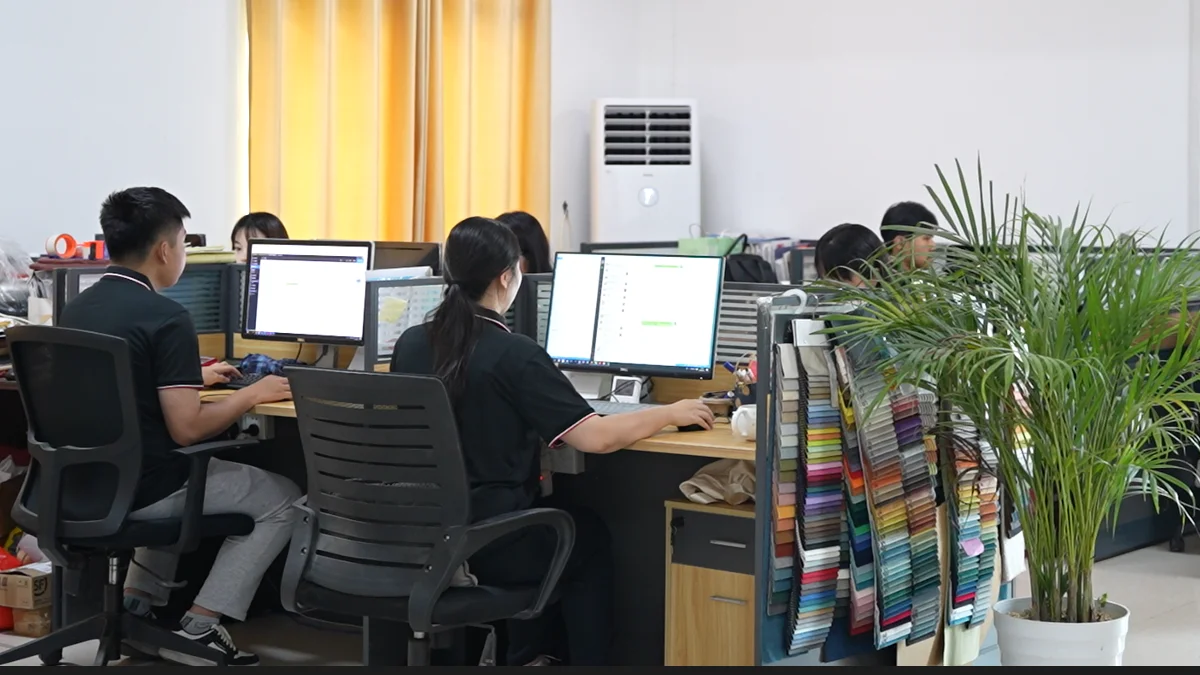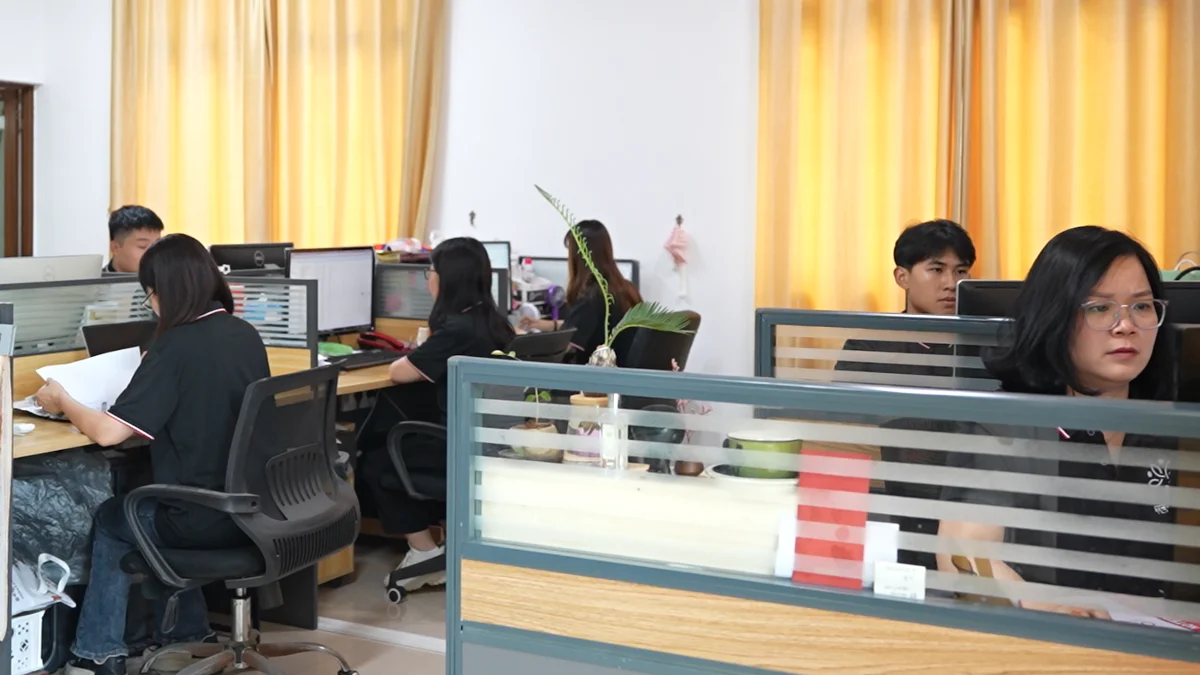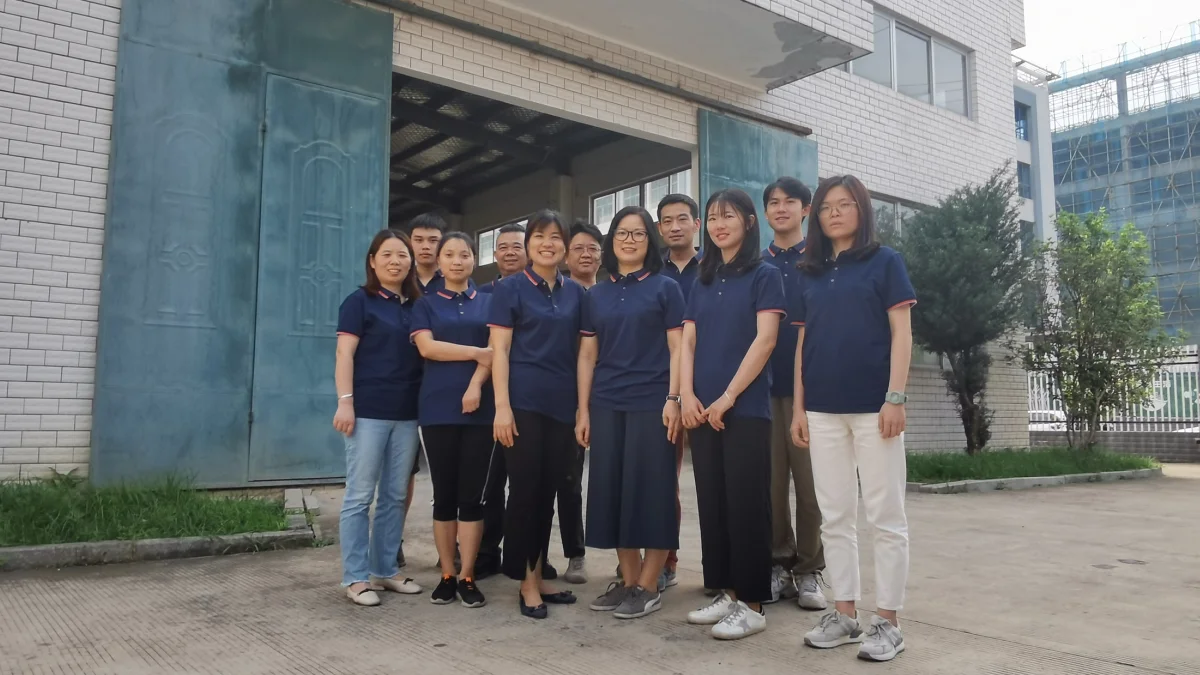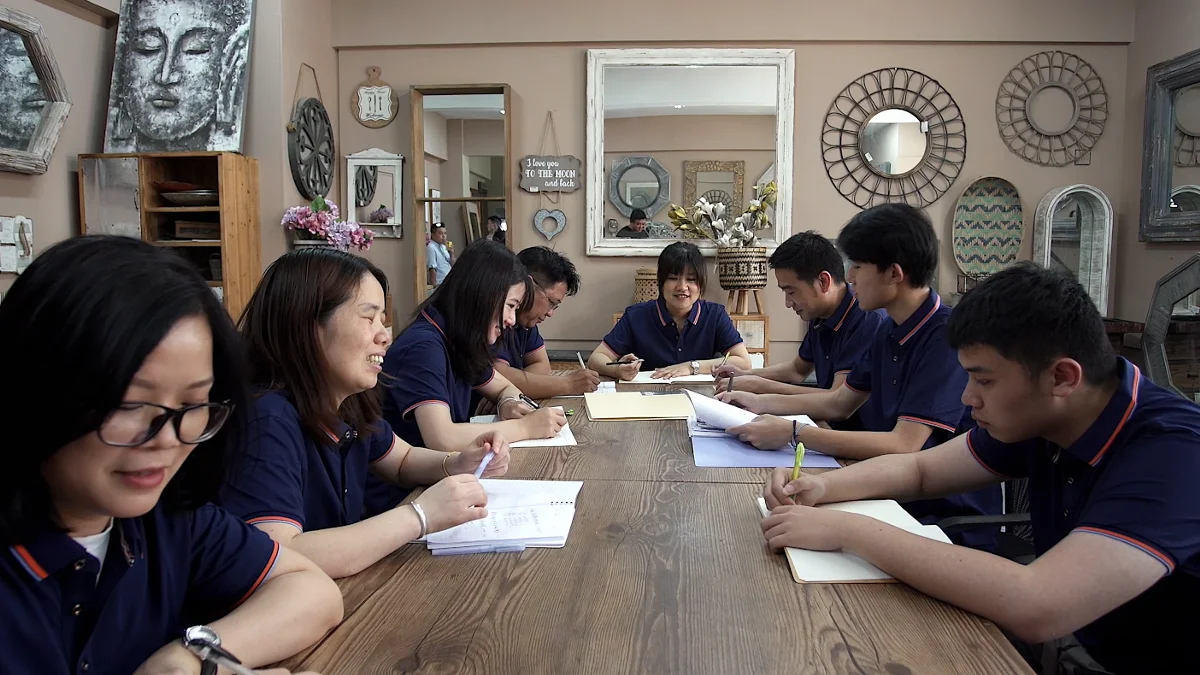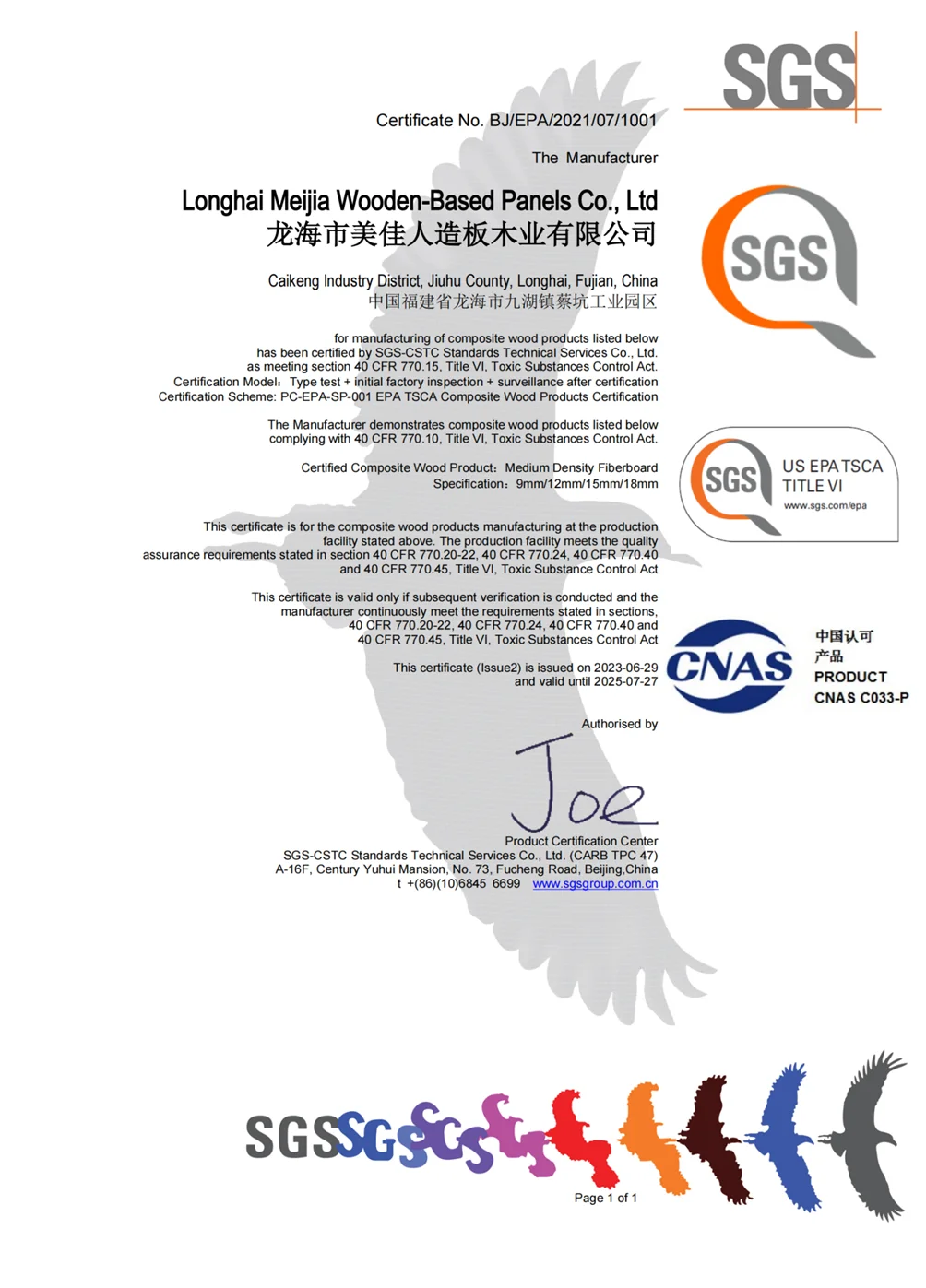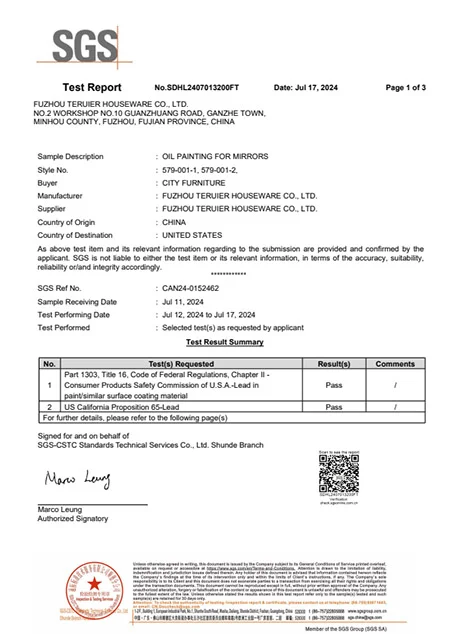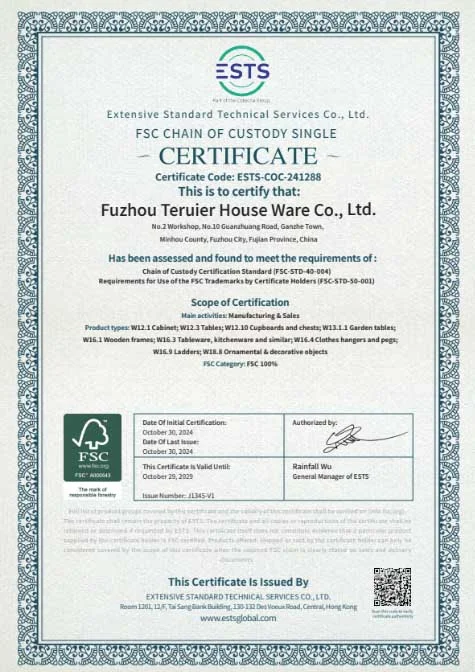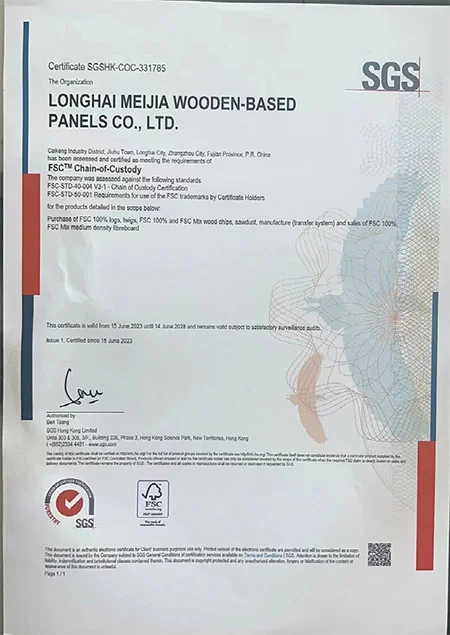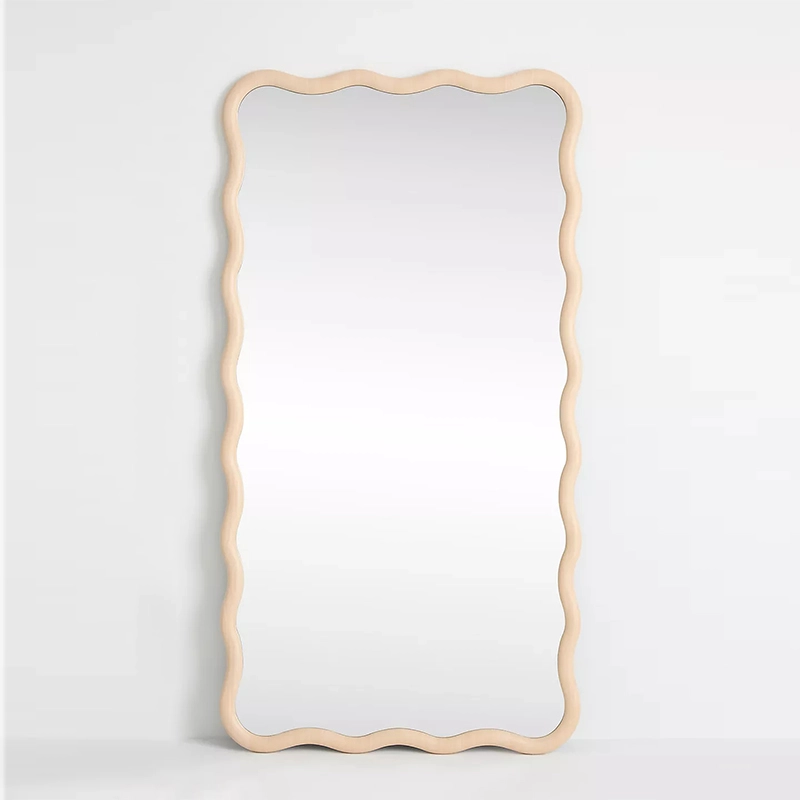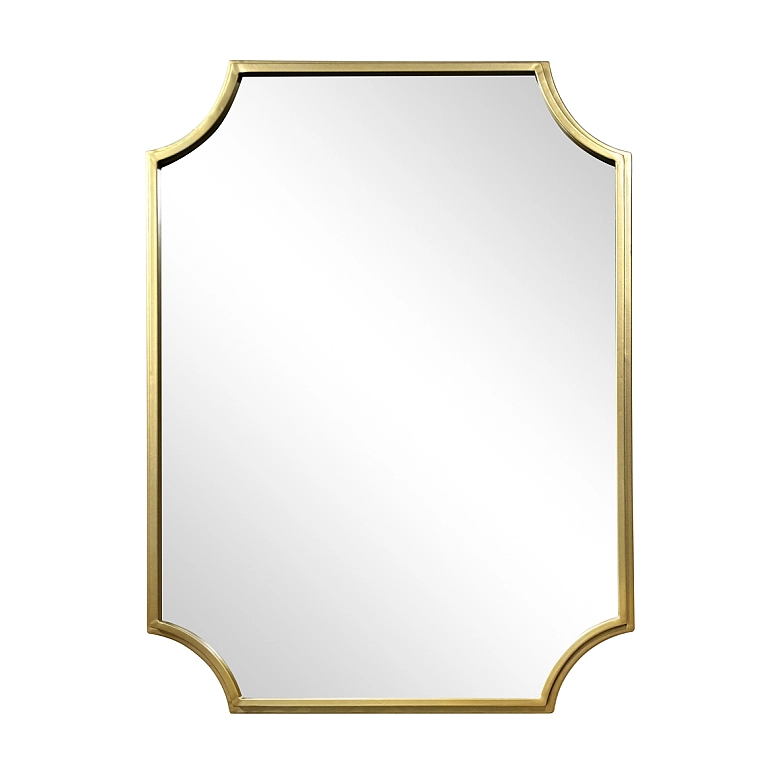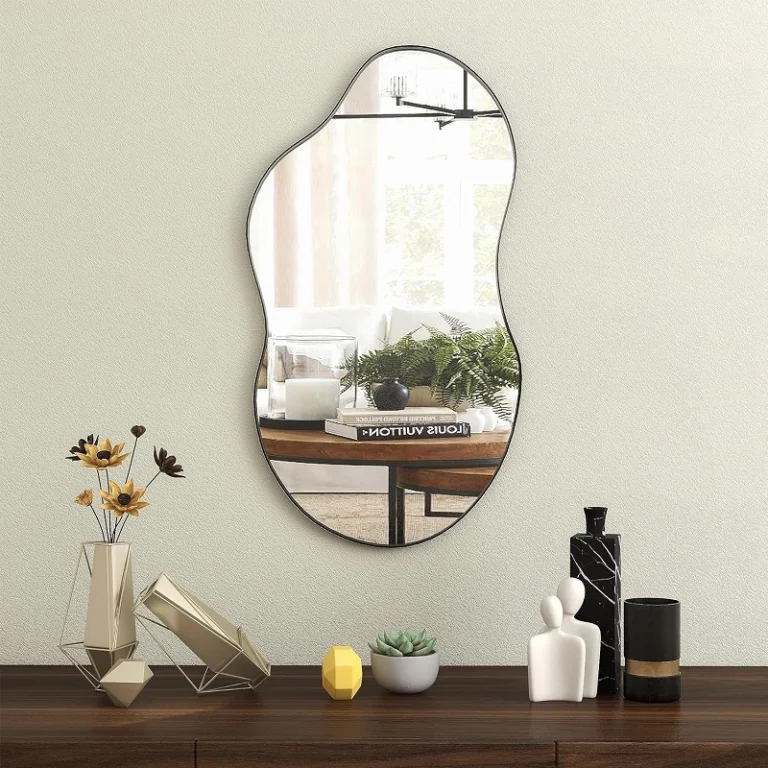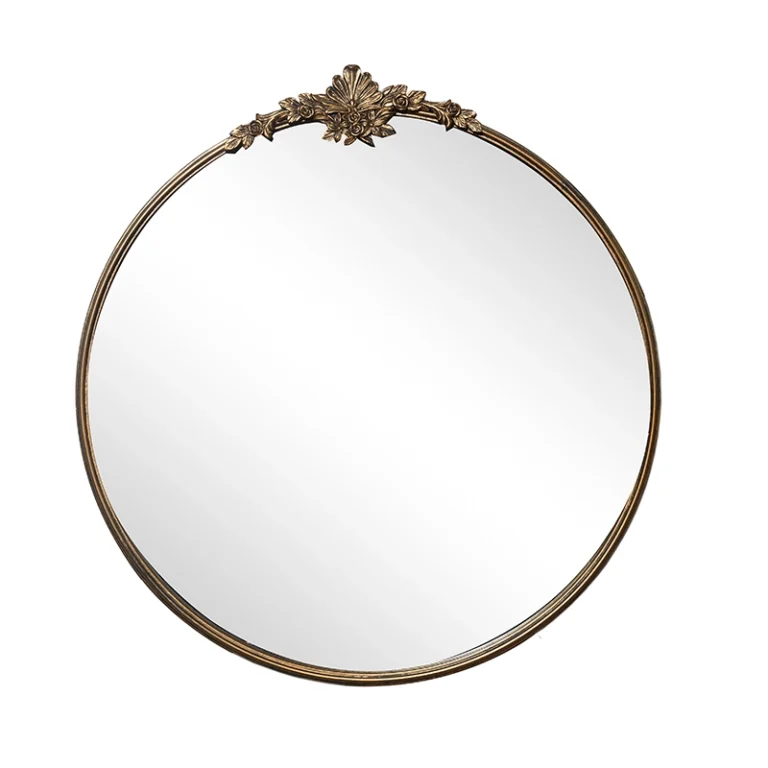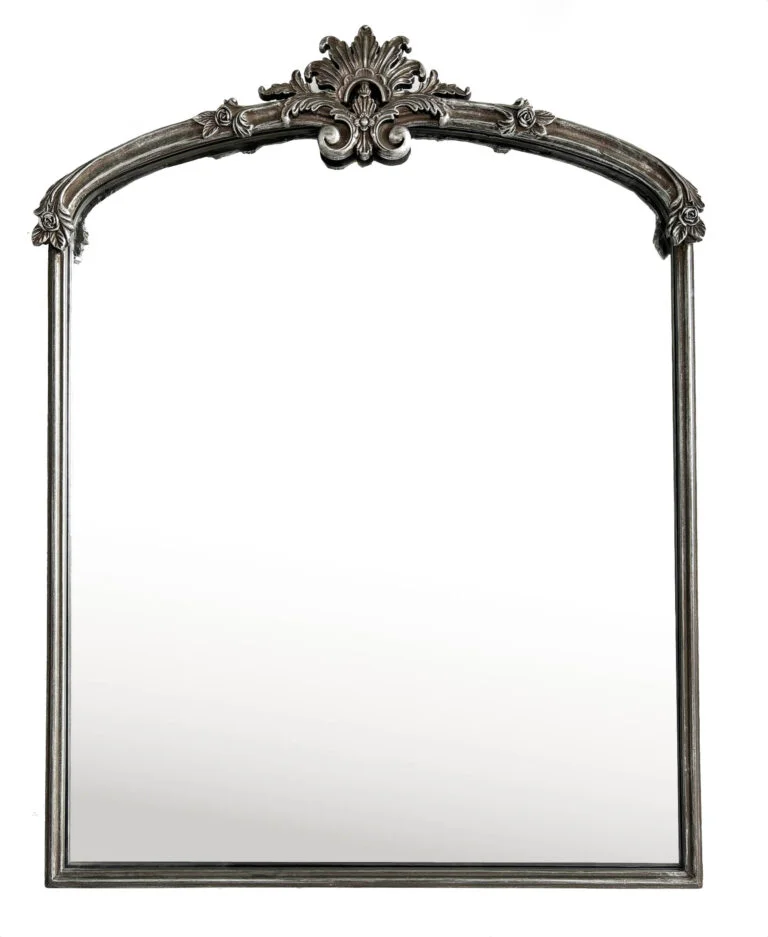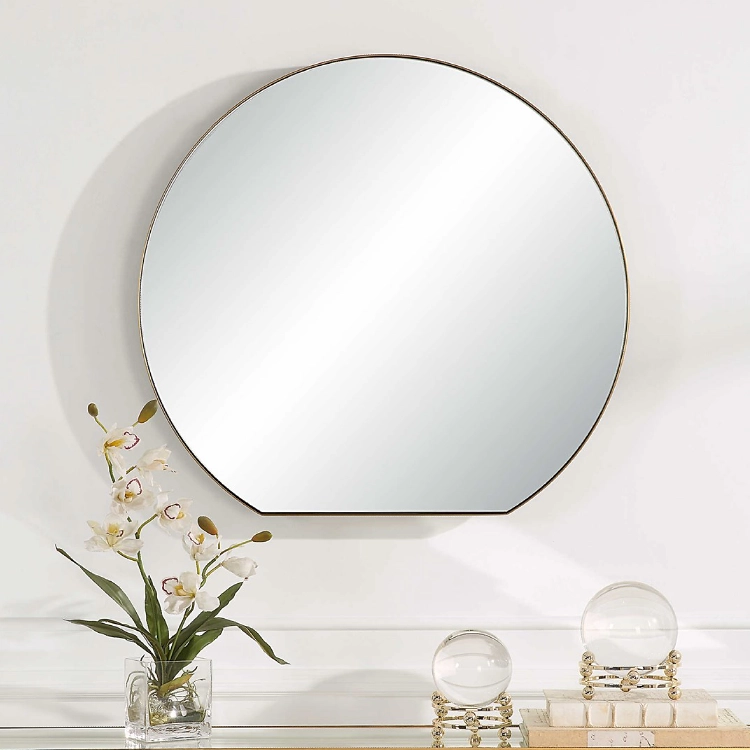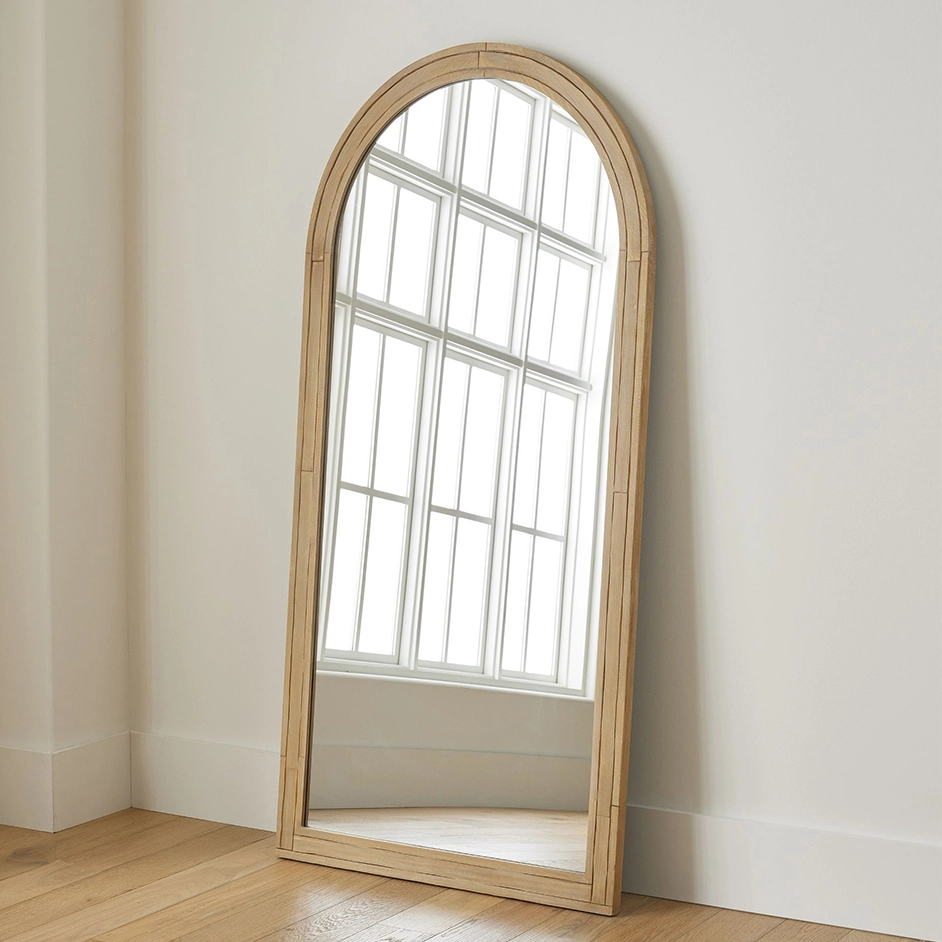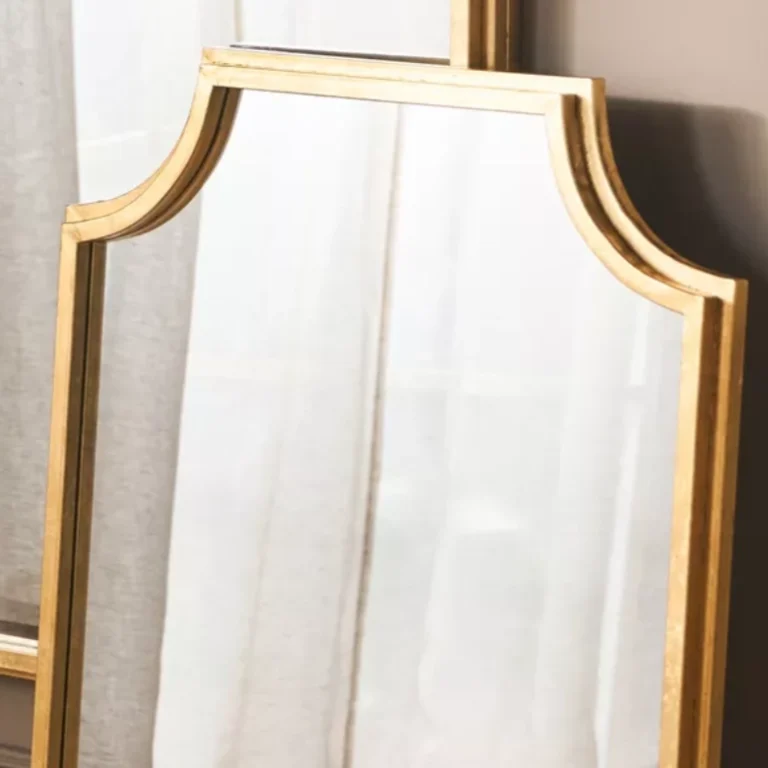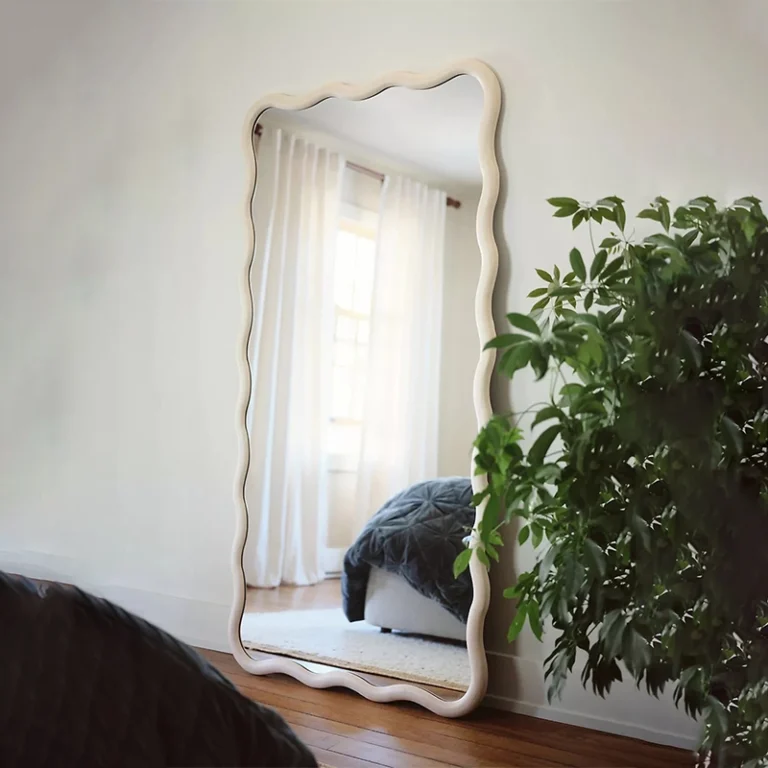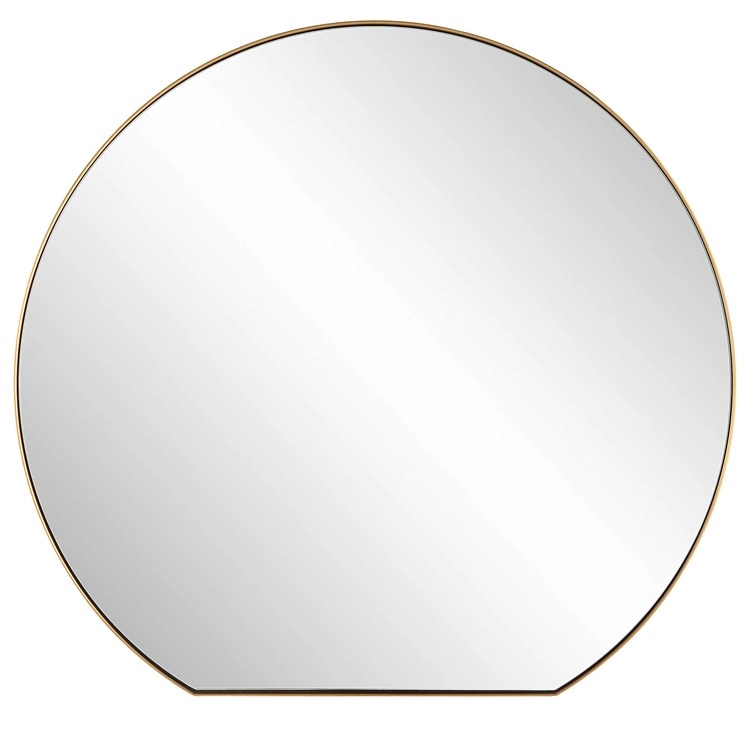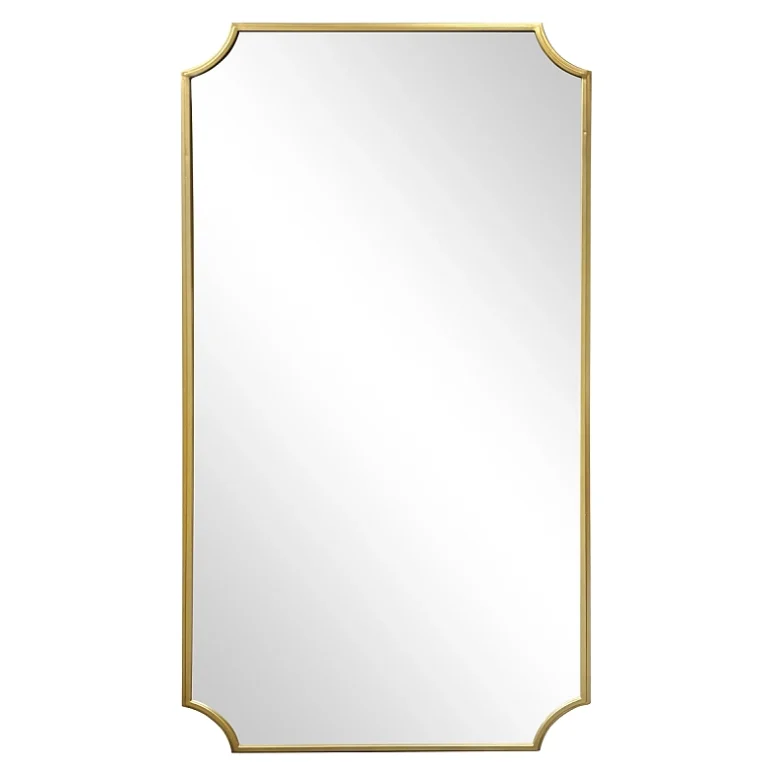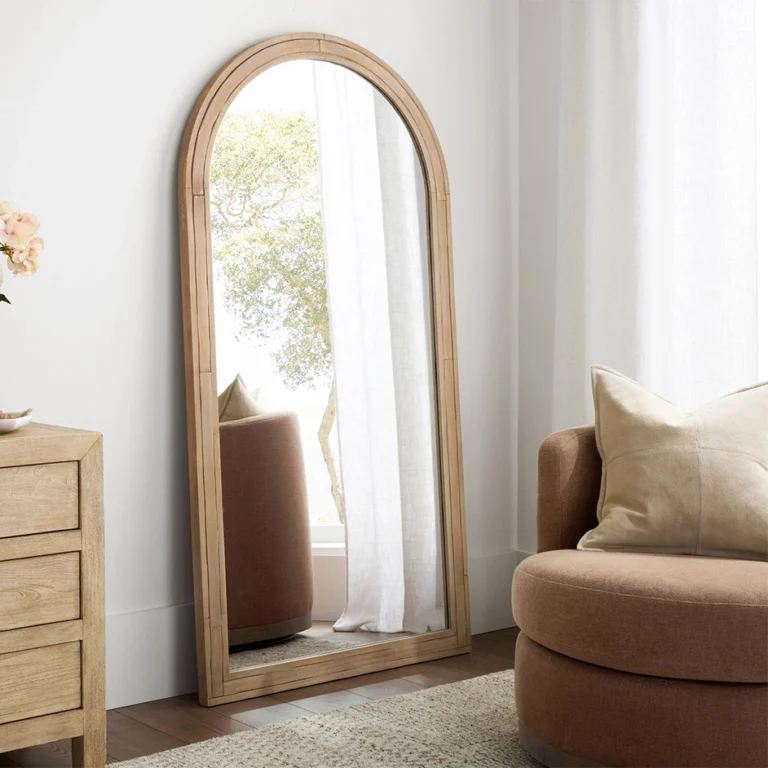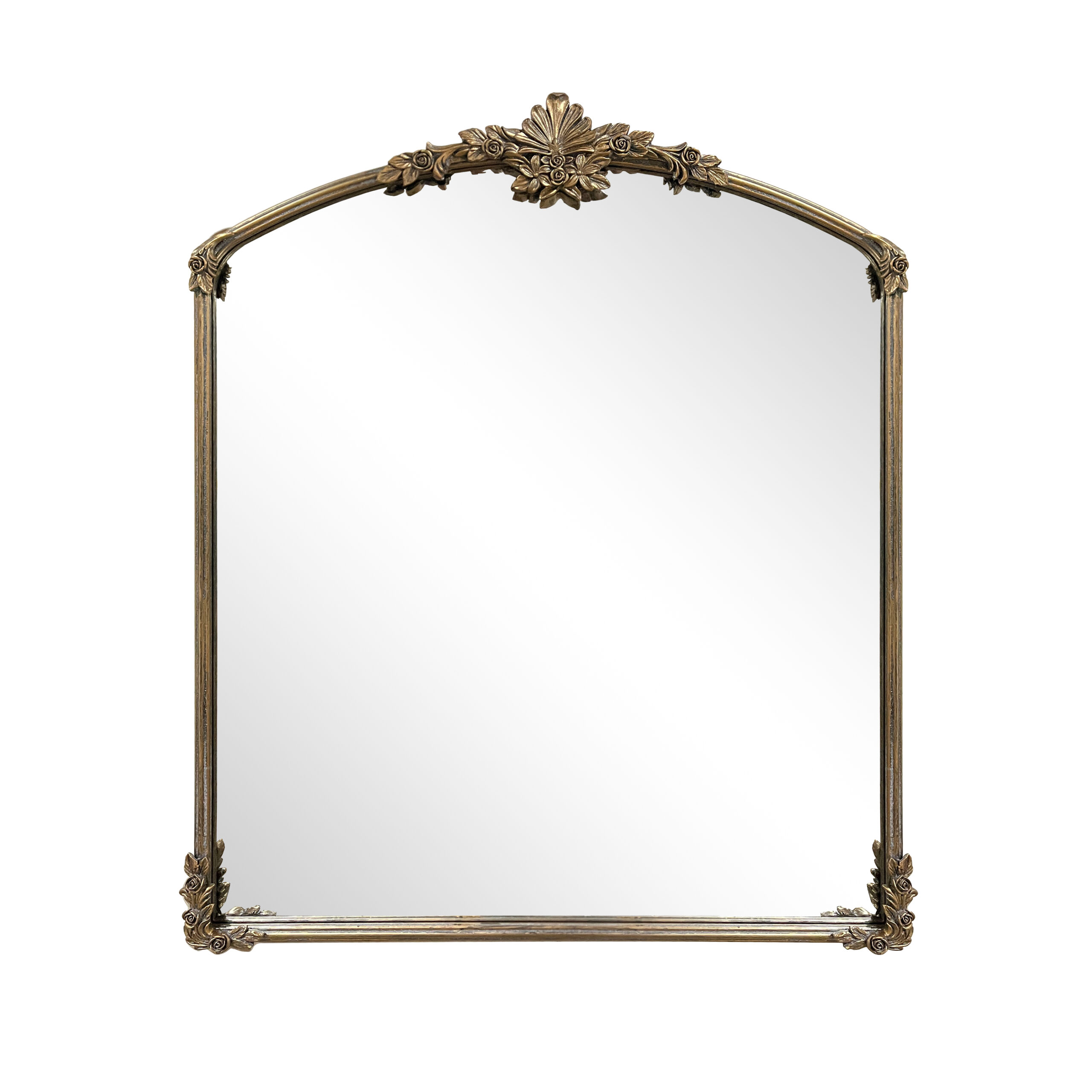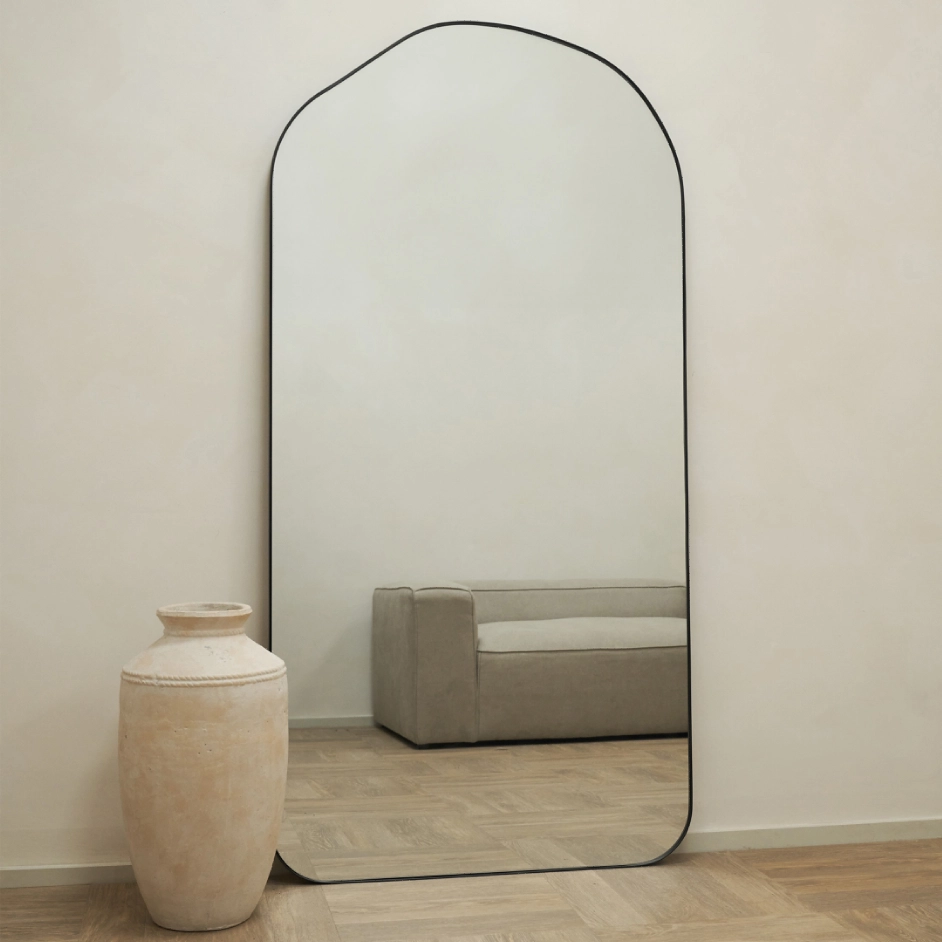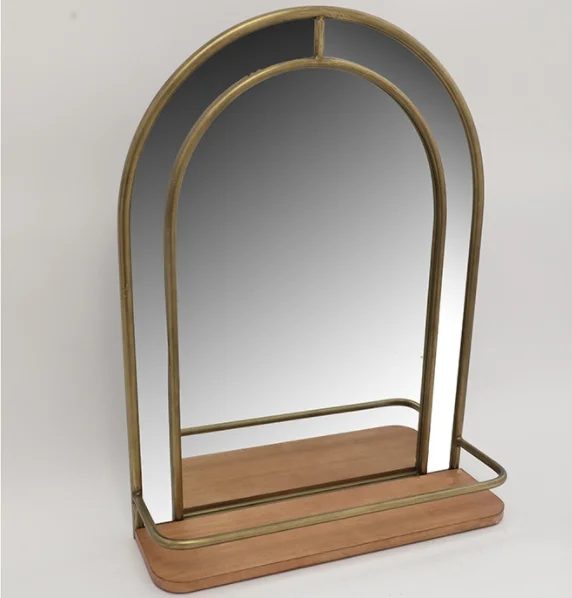Persian mirror artwork
Of course. Persian mirror artwork, known as Āina-kāri (آینه کاری), is one of the most breathtaking and distinctive forms of traditional Persian architecture and interior design. It is far more than simple decoration; it is a transformative art form that uses light and reflection to create celestial, otherworldly spaces.
Here is a comprehensive overview of this magnificent art.
What is Āina-kāri (Mirror Work)?
Āina-kāri is the intricate application of small, often irregularly shaped, pieces of mirror glass to surfaces like ceilings, walls, columns, and domes. The pieces are carefully cut and set into plaster (or sometimes wooden) frameworks that are themselves sculpted into complex geometric and floral patterns. The result is a dazzling, kaleidoscopic effect that multiplies light and creates an illusion of infinite space.
Key Characteristics & Techniques
-
The Mirrors: Unlike a single, large sheet of glass, Āina-kāri uses countless small pieces. Traditionally, these were made by hand, often from larger mirrors that were silvered with a mixture of mercury and tin. This process resulted in a slightly imperfect, shimmering quality that gives the art its unique warmth and depth. The pieces are cut into shapes like triangles, diamonds, hexagons, and rectangles.
-
The Adhesive Framework: The mirrors are set into a base material called gach (plaster) or muqarnas (stalactite-like decorative corbels). The plaster is first carved or molded into intricate patterns. This framework is a masterpiece of design in itself, often featuring:
-
Geometric patterns: Inspired by Islamic geometry, representing cosmic order and the infinite nature of creation.
-
Floral and vegetal motifs (Eslimi or Arabesque): Vines, leaves, and flowers, symbolizing paradise and the natural world.
-
Figurative scenes: In some later periods, especially during the Qajar dynasty, scenes of royalty, mythology, and daily life were incorporated.
-
-
The Craftsmanship: Mastering Āina-kāri requires immense skill. The Āina-kār (mirror-work artist) must be an expert in design, geometry, plaster carving, and the precise cutting and placement of glass to ensure a seamless, glittering surface that captures and reflects light from every angle.
Symbolism and Meaning
The use of mirrors in Persian sacred and royal architecture is deeply symbolic:
-
Light and Divinity: In Islamic philosophy, light is a symbol of divine wisdom and truth. By covering entire surfaces in mirrors, the artists created a space that literally embodies and magnifies light, making a spiritual concept physically tangible. It represents the reflection of divine light into the earthly realm.
-
Paradise on Earth: The glittering, star-like effect on ceilings and domes evokes the heavenly firmament. The goal was to create a glimpse of paradise (a Persian garden, or Bagh-e Ferdows) within a building, a place of beauty, order, and eternal bliss.
-
财富与权力: 对于皇家宫殿(特别是在 Qajar 时期),镜子的奢华使用是一种明显的财富、复杂性和权力的展示。它表明赞助人可以指挥大量的昂贵材料(玻璃)和高技术工匠的劳动。
-
空间扩张: 从实际意义上讲,镜子使小的、没有窗户的空间(如神社的内殿)显得宽敞、开阔,并充满光线。
在哪里可以找到波斯镜像艺术作品
阿亚那-卡里是这种类型伊朗建筑的标志:
-
神社和清真寺: 最令人惊叹的例子往往可以在什叶派神社中找到。最著名的例子是 雷扎伊玛目陵墓 ,位于马什哈德。在 沙赫切拉格神社 ,位于设拉子,几乎可以被认为是最壮观的例子,这里的内部每一寸都覆盖着数百万块镜子碎片,创造出一种几乎令人难以承受的光与反射的效果。
-
沙贾哈时期宫殿: 19世纪的沙贾哈王朝特别喜欢镜子工艺,在他们的宫殿中广泛使用。
-
戈尔斯坦宫 (德黑兰):拥有装饰精美的镜子大厅,如 镜子厅(Talar-e Ayeneh)
-
Shams-ol-Emareh (德黑兰): 古莱斯坦历史建筑群的另一座建筑,以其华丽的外观和内部装饰而闻名。
-
Narenjestan-e Ghavam (设拉子): 一个装饰着精美的镜子工作的传统房屋的美丽范例。
-
-
传统房屋和酒店: 许多有钱人的历史住宅,特别是在卡尚、伊斯法罕和亚兹德这样的城市,其接待大厅(andaruni)都装饰有镜子工艺。如今,许多这样的住宅已被改造成美丽的精品酒店。
-
餐馆和茶馆(Sofrekhaneh): 传统的波斯餐馆通常使用阿纳卡里(Aina-kari)来营造真实而迷人的氛围。
进化与现代使用
虽然根植于传统,阿亚那卡里并不是一门失传的艺术。
-
当代建筑: 现代伊朗的建筑师和室内设计师经常在新建筑中融入阿亚纳卡里元素,从酒店和银行到私人住宅,创造出传统身份和现代美学的融合。
-
艺术与雕塑: 当代伊朗艺术家利用镜子工作的原则创造出令人惊叹的雕塑和装置艺术,这些作品对传统、感知和光线发表评论。
-
全球影响力: 这种美学已经影响了全球的设计师和艺术家,出现在高级时尚、现代室内设计和全球艺术装置中。
总结如下
波斯镜艺(Āina-kāri)是 工艺、几何和精神的崇高融合。它将建筑转化为光、空间和敬畏的体验,代表了波斯艺术在创造超越物理世界的美丽方面的巅峰成就。
Generally speaking, our order requirements are as follows: the minimum order quantity (MOQ) for large items is 50 pieces, for regular items it is 100 pieces, for small items it is 500 pieces, and for very small items (such as ceramic decorations) the MOQ is 1,000 pieces. Orders exceeding $100,000 will receive a 5% discount. The delivery timeline is determined based on the specific order quantity and production schedule. Typically, we are able to complete delivery within two months.
